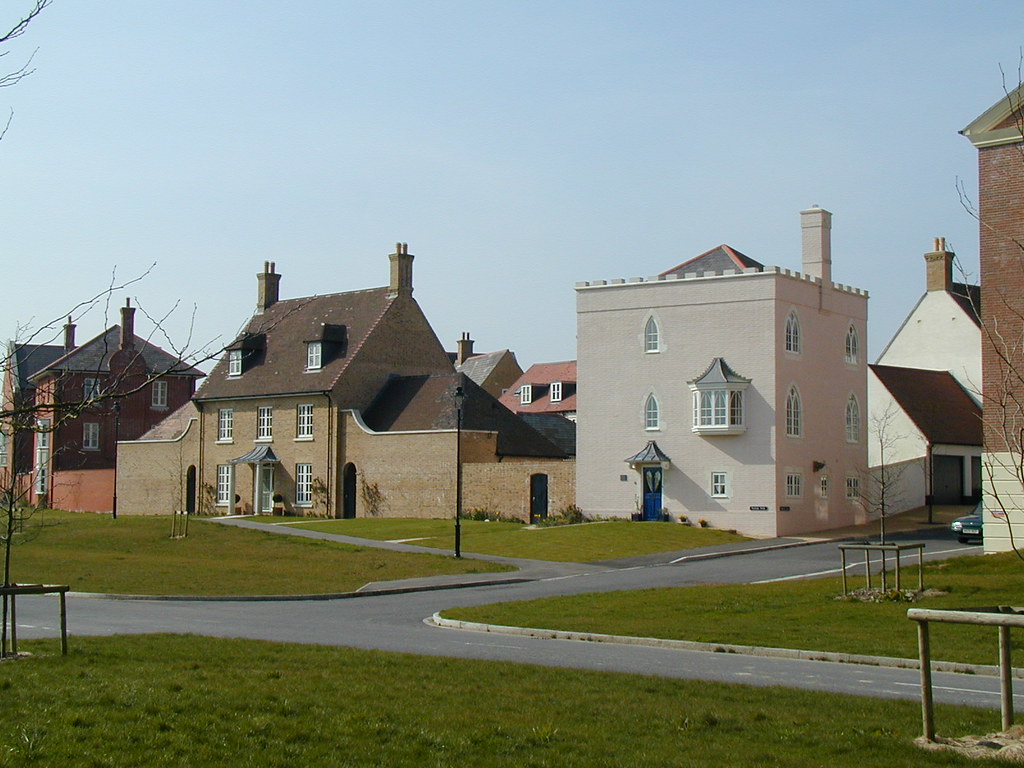When Elizabeth II ascended the throne, the tallest building in Britain was St Paul’s cathedral.
Her 70-year reign saw a post-war housing boom, stripped back modernism, post-modernism and the dawn of the high-tech and high-rise – much to the chagrin of her son, our new monarch, King Charles III.
Known for being more opinionated than his mother, our new king has been vocal in his preference for traditional, vernacular architecture (as is evident in his urbanism project at Poundbury) together with his disdain for ‘carbuncle’ buildings; a term adopted by a now defunct award for the worst architecture in Britain. In 1989 he launched a scathing attack on contemporary architecture via a 75-minute BBC documentary, an exhibition at the V&A and a new book titled ‘A Vision of Britain’. This led to the New York Times adorning him with the title of ‘the most prominent architecture critic in the world.’
But do his opinions hold any weight today, and, in hindsight, was he right?
His now famous ‘carbuncle’ speech at RIBA’s 150th anniversary grabbed the headlines for its defamation of the profession. But when the 1984 speech is read in full, it becomes apparent that he is encouraging many principles that – almost forty years later – influence and inform architectural design today such as the retention and refurbishment of existing buildings as opposed to demolition and re-build, the importance of community consultation in the design process and greater accessibility for the disabled.
Georgian townhouses, Victorian terraces and Edwardian mansion blocks have defined London’s built environment for centuries. Each era subtly adapting the housing typology to reflect advancements in technology, construction methods and the fashions of the day. A prime example is the Edwardian’s use of lighter paint colours when compared to Victorians as there was less need to conceal soot build-up from open fires following the mass adoption of electric lighting and alternative heating methods.
But what can we expect from architecture in the New Carolean era?
In our post-Brexit, post-covid, pro-sustainable Britain, will we witness a return to the sensibilities of the Arts & Crafts movement; rejecting the paired back minimalism of recent years and instead embracing the locally sourced, locally manufactured, locally derived principles that are, for better or worse, part of Poundbury’s DNA? Will the inner city ‘carbuncles’ be vacated in favour of garden village tranquility? And will the mass produced, throwaway culture of the 2000s give way to a greater appreciation of quality, materiality, and our natural environment?
Continuity is no doubt at the heart of any monarchical transition and King Charles will be keen not to rock the boat in his new role. However, a re-evaluation of priorities could give rise to a new beginning for British design and bring about an architecture of craft and longevity. An architecture of its time. And, just maybe, an architecture fit for a King.


